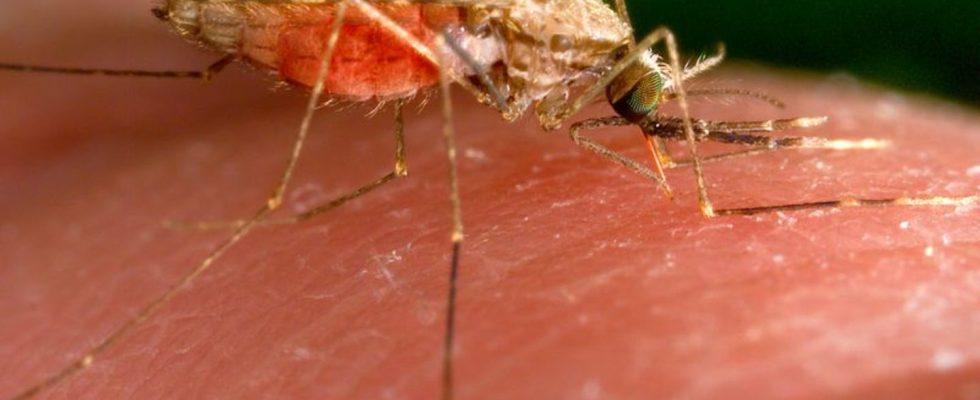Diseases
Climate change and resistance are hindering the fight against malaria
Anopheles mosquitoes transmit malaria pathogens. photo
© James Gathany/CDC/AP/dpa
The WHO has seen no progress in the effort to reduce malaria since 2017, and the number of deaths has increased. What are the reasons for this development?
The number of malaria cases worldwide has increased in recent years. Since 2017 there has been no progress in the effort To push back malaria, as the World Health Organization (WHO) writes in its malaria report. In 2022, there were an estimated 249 million cases, compared to 233 million in the year before the pandemic, 2019. The number of deaths rose from 576,000 to 608,000. Estimates were difficult during the pandemic years.
It’s not just the pandemic that has hindered further progress, the WHO reported. Climate change is also a challenge. On the one hand, as temperatures rose, mosquitoes spread to areas, such as the highlands in Africa, where they had not previously occurred. On the other hand, disasters such as floods with subsequent standing water offer new breeding grounds. At the same time, preparedness measures would become more difficult if tens of thousands of people are displaced in natural disasters. In addition, supply chains for mosquito nets and medicines could be interrupted. Another problem, according to the WHO, is that mosquitoes are becoming resistant to some insect repellents and parasites are becoming resistant to anti-malarial drugs.
Around 94 percent of all cases were registered in Africa in 2022. However, Pakistan recorded the largest increase. There the number rose from 500,000 in 2021 to 2.6 million cases. Among other things, the devastating floods in the summer of 2022, which provided new breeding grounds for mosquitoes, were to blame. The number of cases was five times higher than elsewhere in the region at the time.
23 years ago, the WHO declared war on malaria. According to WHO estimates, prevention programs such as the destruction of breeding sites, but especially mosquito nets for sleeping treated with insecticides, prevented around 2.1 billion cases and 11.7 million deaths between 2000 and 2022.
Malaria is an infectious disease. The pathogen is transmitted by the Anopheles mosquito. It affects the red blood cells. The main symptom is fever. The disease is curable if treated immediately. It is particularly life-threatening for small children. As of 2021, the WHO has recommended two vaccines for young children that reduce the death rate in young children by more than ten percent.

